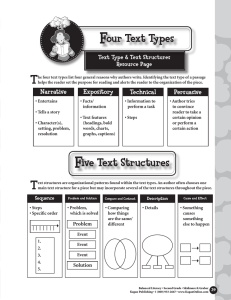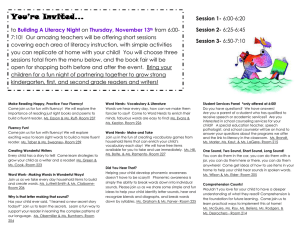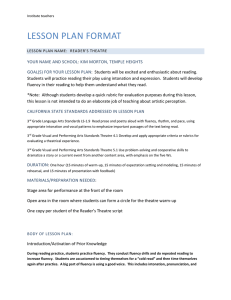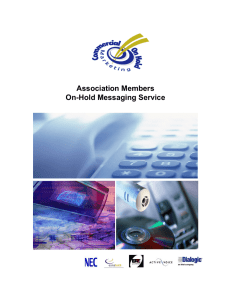Reading Fluency ‐ 12 Procedures/Steps:
advertisement
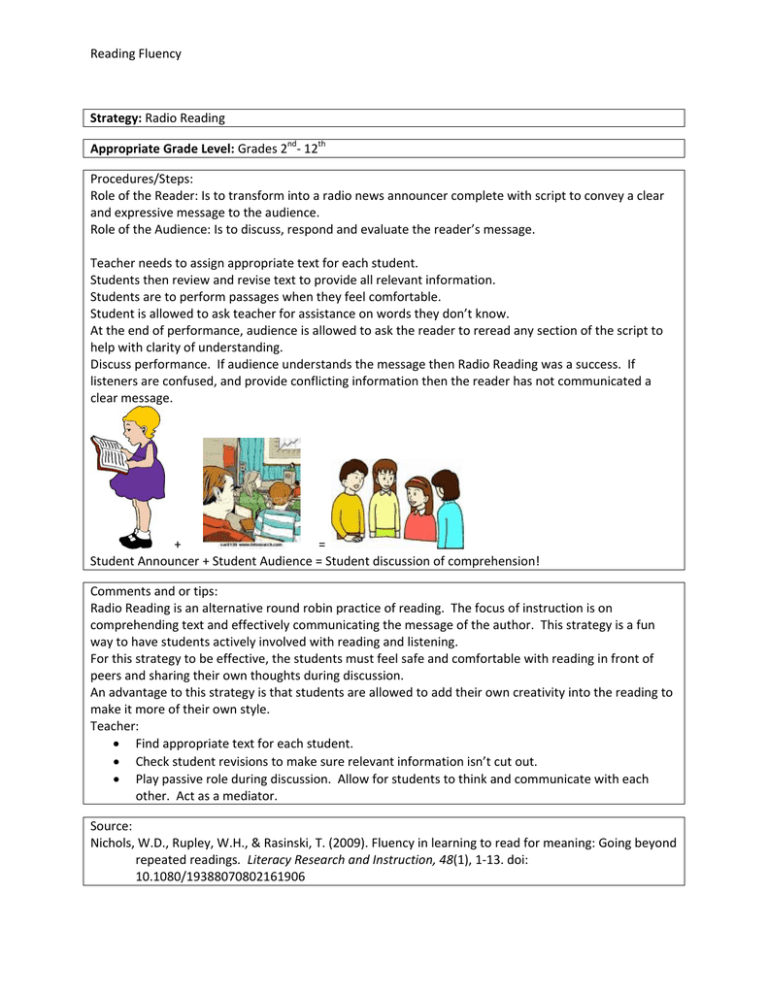
Reading Fluency Strategy: Radio Reading Appropriate Grade Level: Grades 2nd‐ 12th Procedures/Steps: Role of the Reader: Is to transform into a radio news announcer complete with script to convey a clear and expressive message to the audience. Role of the Audience: Is to discuss, respond and evaluate the reader’s message. Teacher needs to assign appropriate text for each student. Students then review and revise text to provide all relevant information. Students are to perform passages when they feel comfortable. Student is allowed to ask teacher for assistance on words they don’t know. At the end of performance, audience is allowed to ask the reader to reread any section of the script to help with clarity of understanding. Discuss performance. If audience understands the message then Radio Reading was a success. If listeners are confused, and provide conflicting information then the reader has not communicated a clear message. + = Student Announcer + Student Audience = Student discussion of comprehension! Comments and or tips: Radio Reading is an alternative round robin practice of reading. The focus of instruction is on comprehending text and effectively communicating the message of the author. This strategy is a fun way to have students actively involved with reading and listening. For this strategy to be effective, the students must feel safe and comfortable with reading in front of peers and sharing their own thoughts during discussion. An advantage to this strategy is that students are allowed to add their own creativity into the reading to make it more of their own style. Teacher: • Find appropriate text for each student. • Check student revisions to make sure relevant information isn’t cut out. • Play passive role during discussion. Allow for students to think and communicate with each other. Act as a mediator. Source: Nichols, W.D., Rupley, W.H., & Rasinski, T. (2009). Fluency in learning to read for meaning: Going beyond repeated readings. Literacy Research and Instruction, 48(1), 1‐13. doi: 10.1080/19388070802161906




